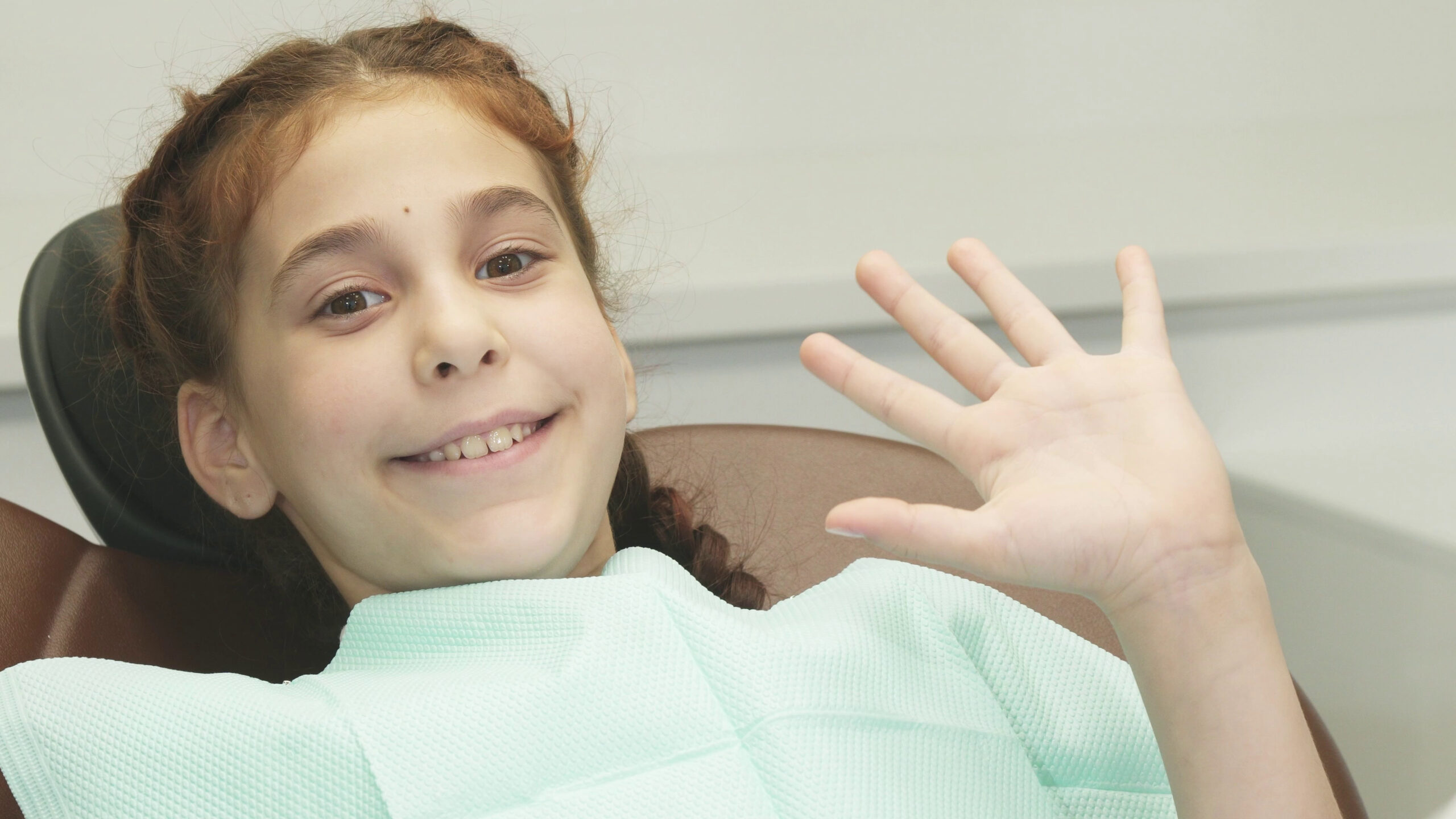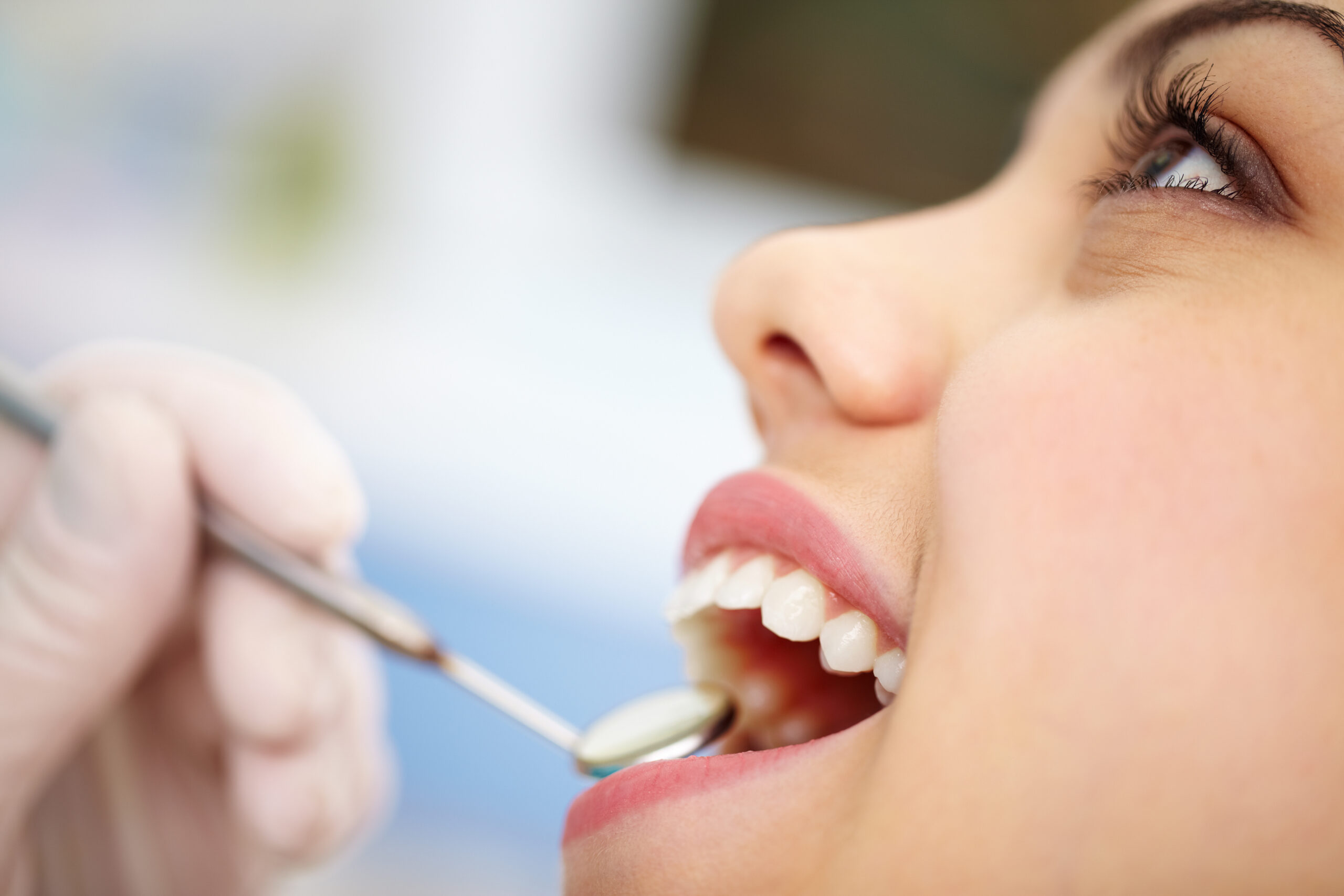
Pediatric Dentistry Advancements
February 06, 2025 ABC Children's Dentistry
Pediatric dentistry has seen some significant advancements in the past few years. Most of these are aimed at enhancing the quality of care, comfort, and outcomes for young patients. These developments often involve the use of innovative materials or minimally invasive techniques, as well as new and advanced technologies and improved pain and anxiety management strategies.
Innovative Materials
The production of bioactive and biocompatible materials has revolutionized restorative procedures in children’s dentistry. Bioactive materials, such as composites, are now utilized in fillings and sealants. These substances not only restore tooth function but also promote regeneration by releasing essential minerals like calcium and phosphate, aiding in tooth repair and preventing further decay. Additionally, the use of biocompatible materials, including BPA-free dental resins, equals safer treatment by reducing potential health risks and allergic reactions. This makes them ideal for pediatric patients.
Minimally Invasive Techniques
Minimally invasive approaches are a great way to keep children comfortable and, at the same time, perform needed procedures. Minimally invasive techniques focus on saving healthy tooth structure and reducing patient discomfort. For example, some techniques can manage decay in primary molars without the need for drilling or anesthesia. This method involves sealing decay under preformed stainless steel crowns, effectively halting progression and offering a child-friendly alternative to traditional treatments.
Advanced Technologies
Technological innovations are transforming diagnostic and therapeutic procedures in all medical fields, and pediatric dentistry is no exception. Digital imaging tools, such as low-radon digital X-rays, provide detailed insights into dental structures, enabling accurate diagnoses and treatment planning. The integration of artificial intelligence (AI) into diagnostic processes is also emerging as a promising development. AI-powered systems, including smartphone-based applications, are being developed to detect early childhood dental issues, possibly avoiding the need for major treatments later.
Pain and Anxiety Management
Addressing dental anxiety and ensuring effective pain management are critical components of pediatric dental care. Techniques such as visual pedagogy, which utilizes virtual reality, have been employed to reduce stress in young patients. The use of agents like Silver Diamine Flue (SDF), a minimally invasive treatment applied to decayed areas to halt progression without the need for drilling, can be particularly beneficial for young or anxious children.
Preventive Care and Education
Emphasis on preventive care remains a cornerstone of pediatric dentistry. Educational initiatives aimed at promoting proper oral hygiene practices from an early age are still important. Guidance on effective brushing techniques, dietary counseling, and the application of topical fluoride treatments are integral components of these strategies. Additionally, the use of pit and fissure sealants on susceptible tooth surfaces has proven effective in preventing development of cavities in children.
The latest developments in pediatric dentistry reflect a comprehensive approach that combines innovative materials, minimally invasive techniques, advanced technologies, and enhanced pain and anxiety management strategies. These advancements provide safer, more effective, and more comfortable dental care for children, fostering positive experiences and promoting long-term oral health.
At ABC Children’s Dentistry, we are dedicated to using the latest techniques to make your child’s dental experience more comfortable. Give us a call today to learn more or to schedule your appointment.




